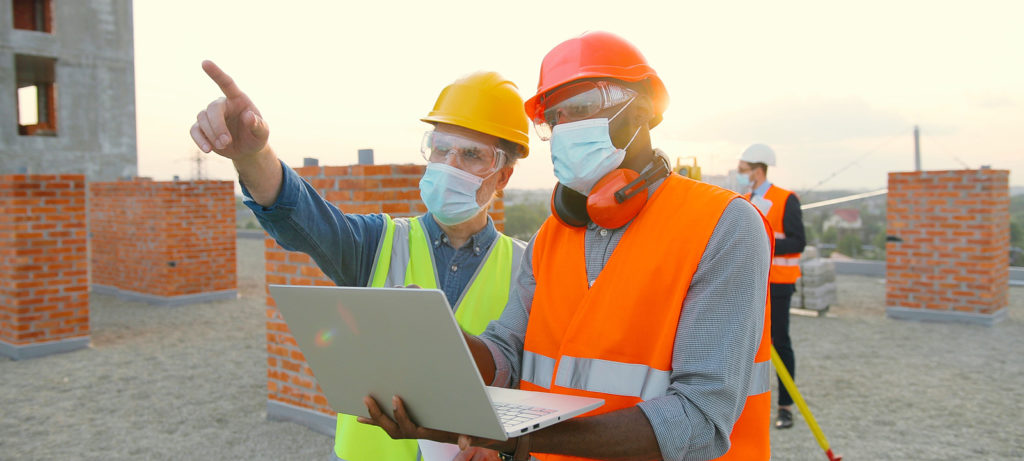Start safe and stay safe
Overseen by the Health and Safety Executive (HSE), the CDM Regulations first appeared in 1995 (they have since been revised twice) and marked a significant leap in construction health and safety, shifting some of the responsibility away from contractors to designers and clients. And with rising demands for house building and a surge in home renovations, the welfare and working conditions on Britain’s building sites remains paramount.
What are CDM Regulations?
CDM Regulations make it easier for everyone who’s working in construction to improve all aspects of health and safety by managing and being aware of identified risks from the start, using the right people for each job on-site, cooperating and coordinating work with others, and communicating effectively about the risks involved.
Who do they apply to?
Who’s responsible for what is defined by the role a person has on a project: they can be either a client, designer or contractor. Or, in the case of jobs where there’s more than one contractor, they could be a principal designer (PD) or principle contractor (PC).For a large project, it’s usually the client’s responsibility to make sure everyone is carrying out their assigned duties, but it’s still the PD’s job to ensure that health and safety are considered in the planning phase. It’s up to them to identify, remove, and reduce these risks. While on smaller, domestic projects, say a home renovation, the contractor usually carries the burden of responsibility, not the client.
What’s a construction phase plan?
Under CDM Regulations every project needs a construction phase plan – this is developed by the PC or the sole contractor. This is drawn up before work starts and reflects the size and nature of any risks. It’s also the principal contractor’s job to provide a site induction for everyone on site. They should make sure the site is secure and ensure that welfare facilities – like access to toilets and drink-making facilities – are available.
 CDM Regulations cheat sheet
CDM Regulations cheat sheet
When it comes to CDM Regulations, always remember:
- They apply to every phase of a construction project, regardless of your time involved.
- If you’re hiring someone to work on the project, they need the skills, knowledge and experience to do the job.
- If there’s more than one contractor, there must be a PD and a PC appointed to the project (and only one of each)
- If the project lasts more than 500 person-days (or more than 30 days with 20 simultaneous workers) you must give notice to HSE before work begins
- It’s the PD’s job to create a health and safety file, which is handed over when the project’s complete
Why are CDM Regulations so important?
Construction can be very dangerous – every year people are killed or injured on building sites across the country – so it’s vital that proper planning and comprehensive assessments are carried out to mitigate hazards and ensure a safe and thriving workplace.These regulations are constantly being updated as the industry adapts to new requirements and technologies, and their adherence is serious business. In its 2019/2020 business plan, HSE said it would be enforcing regulations more thoroughly and focusing on targeted inspections of principal designers (PDs), so there’s never been a better time for SMEs to make sure their meeting the mark when it comes to these industry-wide regulations.
Health and safety, certified
If you would like to take your Health and Safety management to the next level then you should consider implementing the internationally recognised Occupational Health and Safety (OH&S) Management System, ISO 45001. By using a systematic approach to managing health and safety, ISO 45001 ensures that OH&S risks are addressed and controlled, and the OH&S management system itself is effective and continually being improved.
Benefits include:
- Establishing controls to ensure legal compliance, such as CDM
- Increasing health and safety awareness across your organisation
- Enhancing your reputation and reaching customers who care about social responsibility
- Reducing absenteeism by better managing these risks in the workplace
- Reducing your insurance premiums
- Improving how you manage compliance issues and reducing the costs of incidents
- More effective management of risks, from identification to elimination
Time for a check-up?
If you’re concerned about your H&S policies and processes, speak to one of our expert advisors today by calling 01603 630345 or emailing [email protected].

